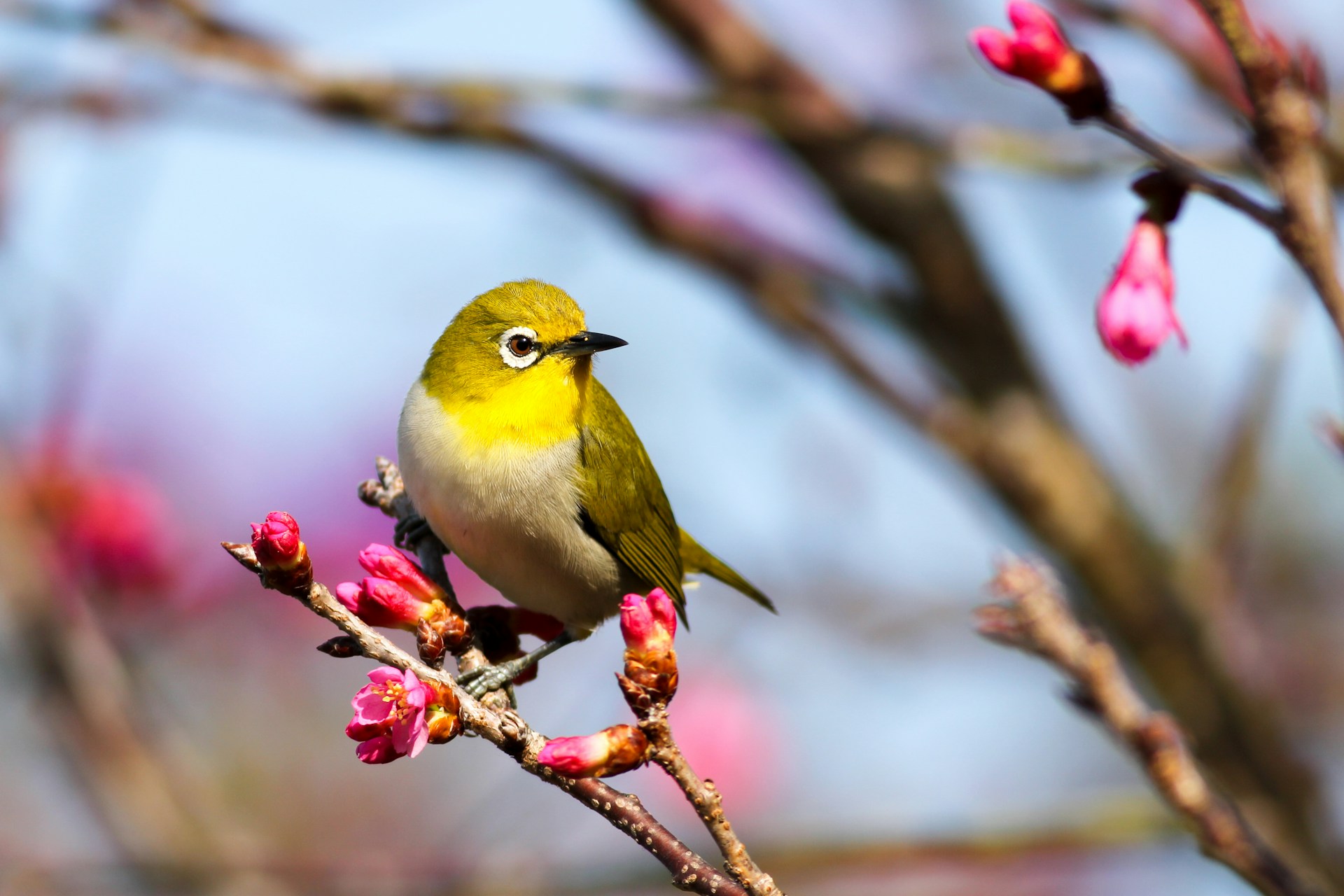Mastering Location and Feeding Strategies for Attracting Hummingbirds and Other Birds to Your Garden: Expert Tips and Unique Insights
Introduction
Bird photography and bird watching have seen a significant rise in popularity among outdoor enthusiasts across the USA. An essential aspect of attracting birds, especially hummingbirds, to your garden is the proper placement of feeders and providing the appropriate food. Not only does this enhance the habitat for birds, but it also offers ample opportunities for capturing stunning photographs. This article provides expert tips and unique insights into mastering feeder placement and feeding strategies to attract a variety of birds, creating a bird-friendly garden environment.
1. Optimal Placement of Bird Feeders
Sheltered and Secure Locations:
- Place feeders near bushes or along the garden fence to create a quiet and secure environment, enhancing bird security.
- Ensure feeders are at least 12 feet away from brush piles, evergreen trees, or bushes to provide a quick escape route for birds while preventing hidden predators.
- For ground-level feeders, protect them by placing chicken wire or thorny branches around them.
- Prevent window collisions by positioning feeders either more than 30 feet away or closer than 3 feet from windows.
- Design feeders without sharp edges, ensuring appropriate perches to keep food clean and provide drainage holes to keep seeds dry.
- Consider using multiple feeders with ample space in between to reduce crowding and create a comfortable feeding environment.
Proximity to Photogenic Flora:
- Position feeders near flowering plants such as Cardinal Flower, Giant Blue Sage, and Red Buckeye to naturally attract hummingbirds.
- Strategically place trumpet creeper in large pots or isolated spaces to manage its aggressive growth.
- Plant native flora to create a photogenic and inviting environment for birds, enhancing birdwatching and photography opportunities.
2. Tailoring Food to Attract Specific Bird Species
Hummingbird Preferences:
- Use red-colored feeders and sugar water (four parts water to one part sugar) to attract hummingbirds effectively.
- Include native plants such as Cardinal Flower, Giant Blue Sage, and Red Buckeye, which are highly preferred by hummingbirds.
Other Bird Species:
- North American cardinals prefer peanuts and sunflower seeds, making them ideal foods for attracting these birds.
- Varying the food types—such as suet for warblers and sunflower seeds for smaller birds—can attract a diverse range of species.
3. Practical Tips for a Bird-Friendly Yard
Managing Aggressive Plants:
- While trumpet creeper is excellent for attracting hummingbirds, its aggressive growth needs to be managed with large pots and physical barriers, such as layers of bricks.
Feeder Camera Setup:
- OptimizManaging Aggressive Growth of Trumpet Creeper:
While trumpet creeper (Campsis radicans) is an attractive and effective plant for drawing hummingbirds, its aggressive nature can pose challenges.
- The vine can quickly overtake garden spaces, climbing over 40 feet using its aerial rootlets and spreading through self-seeding.
- Regular pruning throughout the year is essential for controlling its growth, with early spring being an optimal time for significant trimming.
- Consider planting trumpet creeper in large pots or using physical barriers such as layers of bricks to confine its spread and avoid it overtaking other plants.
- Strategic placement of this vibrant plant can create a gorgeous focal point while sustaining a bird-friendly environment.
Feeder Camera Setup:
- Use optimal feeder camera placement for stunning bird photography; align the camera to capture the feeder in a natural setting without startling the birds.
- Position the camera to get clear, unobstructed shots of the feeder and the birds against a natural backdrop, avoiding interference from manmade structures.
- Experiment with different angles to capture the best lighting, ensuring the sun is ideally positioned behind the camera for well-lit photographs.
4. Observations of Other Successful Setups
Case Study Insights:
- Real-life observations, such as seeing birds like sparrows on the feeder camera, can illustrate the effectiveness of well-placed feeders and selective food offerings.
- Successful setups often include sheltered and secure feeder locations combined with photogenic flora, providing optimal security and visual appeal.
- Anecdotes from experienced bird watchers can offer practical insights into creating inviting bird environments.
Visual Aids:
- Include photos of successful feeder setups, showcasing the visual appeal of integrated feeders and flowering plants like coneflowers and sunflowers.
- Share inspiring images of various bird species utilizing different feeders, attracting birds and enriching the birdwatching experience.
Conclusion
Creating a bird-friendly garden that attracts diverse species, especially hummingbirds, involves strategic feeder placement, appropriate food selection, and integrating photogenic flora. By employing the outlined methods, outdoor enthusiasts can enhance their birdwatching and photography pursuits. Experimenting with different feeder placements and food types, while keeping practical tips in mind, can lead to rewarding and successful birding experiences. We encourage readers to share their successes and photos, fostering a collaborative birdwatching community.
Call to Action
Subscribe to our blog for more photography tips and birding advice, and follow our social media pages for updates and bird photography challenges. Let’s create a thriving community of bird enthusiasts and photographers!

